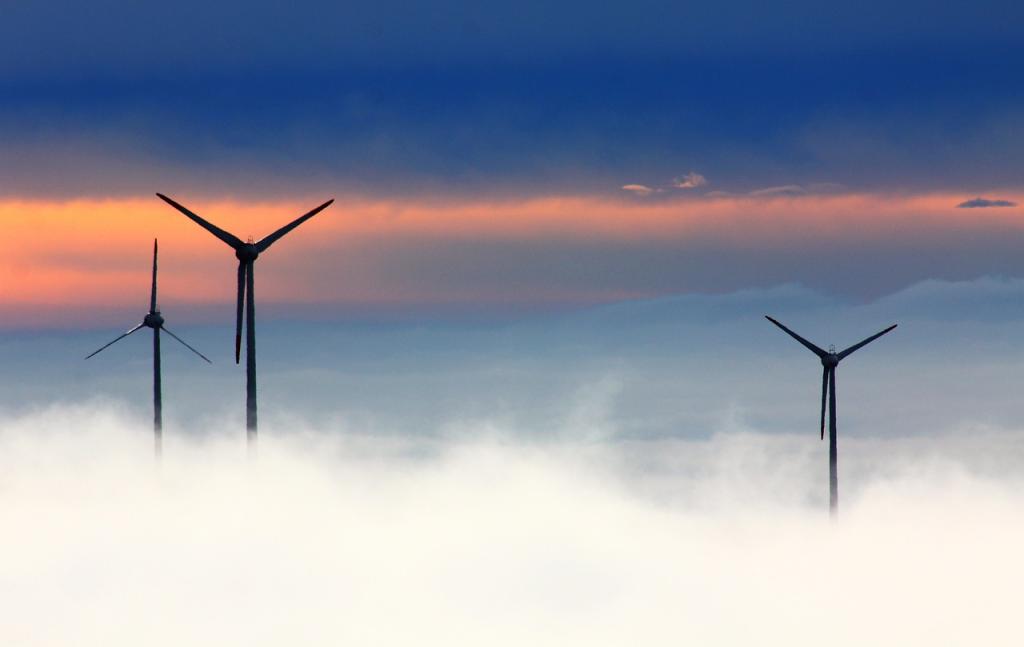Could you tell us about yourself – your previous undertakings, your area of interest as a PhD student, and how all of this informs your research project?
I studied economics in Italy, I started just after the country was coming out of the sovereign debt crisis. I think this shaped my research interests a lot: it is fascinating to me how much fiscal policy can affect the economic performance of a country and its credibility to investors. I’ve become increasingly frustrated with the inability of governments to deploy sound fiscal plans, but it’s also very intriguing from a research standpoint.
On top of this, in the last few years we have seen increasing concern over climate change. Governments are trying to step up – think about the IRA in the United States or the environmental conditionalities of the RRF in the EU. It’s important that governments actively support the green transition per se, but exactly in light of my fascination for fiscal policy I was curious to know what economic effects this might have.
How did you choose your two different settings? Do the narratives concerning green investments and economic growth differ in any way between Italy and the United States?
In 2020, the US accounted for more than 10% of global emission, and in 2022 Biden signed the Inflation Reduction Act, which allocates more than $120 billions to renewable energy and grid energy storage. I don’t think there are more important and interesting settings to analyze than the US. The same goes for Italy, albeit on a smaller scale: it is the largest recipient of funds under the Recovery and Resilience Facility, which in short means that the government should have access to almost €80 billions to deal with the green transition.
The narratives are in part different in these two settings both for what concerns economic growth and green investments, which makes them more interesting to study. For example, the greatest part of the IRA funds is in the form of tax credits to catalyze private investments and some incentives for consumers, and the US have been trying to avoid concentrating all spending in one area. At the same time, there are concerns related to the trade and political spillovers of this law. Europe instead can’t focus too much on subsidies because of its rules and a general lack of funds and seems to have a more carbon-tax oriented approach. Both narratives have their pros and cons, the idea of this project is to be bring forward some new evidence that can help evaluate them.
The map of Italy with the share of green spending is truly impressive in its granularity. Can you share your methodological approaches with us? How did you create the map? Would you be able to tell us more about the ‘webscraping technique’ that you employed?
Thank you! I started from a database with information on the universe of (green) public works. From the description of each public work I retrieved the address, which I then fed into a “program” built in R that would look for the address in a website that then spit out its longitude and latitude (this is the webscraping part). Then, I relied on the coordinates delimiting the perimeter of each Italian municipality to see which municipality each address fell into.
It's a rather granular approach as there are around 8000 municipalities in Italy, but in principle one could go further. For example, I have some data on house prices at the neighborhood level, and I know the perimeters of these neighborhoods: by using the same technique, I was able to assign each public work to a specific neighborhood.
How is the environment at the Geneva Graduate Institute contributing to your research? Are you also taking advantage of the possibilities and connections that International Geneva has to offer?
The Institute is a rather small place, which is very helpful because you can easily connect and exchange ideas with everyone, students and faculty alike. In the International Economics Department we have several formal and informal opportunities to discuss other people’s research and present our own, and this helps keeping us intellectually stimulated and up to date. The same applies to the CIES, which I have recently joined – with the added bonus of an extremely multidisciplinary environment.
On top of this, the Institute really helped me during the application process for Doc.CH, and not just from an administrative point of view. The Research Office and some members of the faculty took the time to prepare me for the interview, and this ultimately made a difference. With this grant I can focus fully on my research, which is a big privilege.
How do you think your project will impact discourses surrounding climate change and green spending?
I do not aim to question the need for governments intervention to fight climate change, other people who are more prepared than me on this issue are already discussing it. My hope is to bring forward new evidence on the economic effects of green spending. Fiscal policy is a very important tool, but it needs to be used right: policy makers should be aware of its economic consequences so that they can better tailor such big fiscal efforts.
Ultimately, I also aim to make the data I use readily available to anyone. It would be nice if other researchers used it to answer different questions.
* * *



